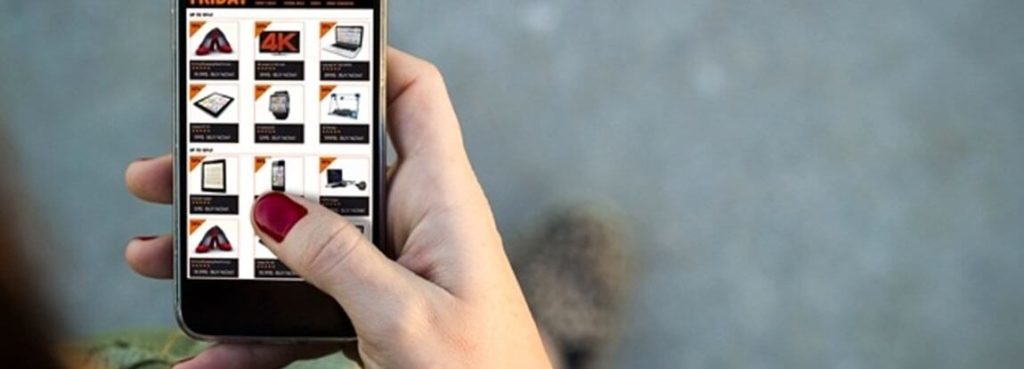Having a large seller network that includes both online and brick-and-mortar merchants can be a blessing for today’s brands. These sellers not only help get the word out about the company and its merchandise, but help increase the business’s consumer audience while bolstering sales and profits.
At the same time, there are a few important things to keep in mind about a seller network, not the least of which is pricing. How can you ensure that your merchant partners aren’t underselling your brand?
Enter a Minimum Advertised Price (MAP) policy, that encourages sellers to remain on target with your company’s pricing.
A MAP for your sellers
MAP policies are quickly becoming a must-have in the current e-commerce-savvy world. As Law360 contributors Whitney Gibson, Kenneth Rubin and Daren Garcia pointed out, these policies don’t constitute an agreement between a brand and its sellers, but rather serve to inform sellers as to what happens if they stray from the company’s pricing guidelines.
Kellogg Insight contributors Eric Anderson and Anne Coughlan noted that when violations are discovered, punishments for not following the MAP can range from a brand withholding inventory shipments to the company refusing to work with the sellers in the future.
“These policies help manufacturers coordinate prices across online and brick-and-mortar retailers, and protect their brand from being perceived as too cheap,” Anderson and Coughlan wrote. “They also grant manufacturers greater control of the margins available to their downstream retail channel partners, so that retailers do not have to skimp on providing service and training to customers.”
MAP violations: The problem with unauthorized sellers
When violations happen, they may be at the hands of unauthorized sellers. A recent study from the Kellogg School, sampling more than 200 products sold by over 900 authorized and unauthorized sellers, found that more than half of all unauthorized sellers (53 percent) didn’t comply with a company’s MAP policy. Furthermore, Gibson, Rubin and Garcia argued that because these organizations are already engaging in unapproved sales, there is little incentive for them to remain within the brand’s preferred price point.
What’s more, this violation can also create a ripple effect through the market that even impacts authorized sellers.
“Manufacturers believe that once this happens it cascades through the entire market, and so more authorized and unauthorized retailers will start to price below [the MAP],” said Kellogg doctoral graduate and study author, Ayelet Israeli.
Ensuring sellers follow the MAP
Thankfully, there are certain strategies that can be employed to help encourage sellers to remain in step with the MAP and prevent this type of cascading pricing effect.
“53% of unauthorized sellers don’t comply with MAP policies.”
First, Anderson, Coughlan and Israeli recommend that manufacturers be realistic with their MAP pricing, as well as the consequences that come along with violations. Pricing that doesn’t match with market demand alongside harsh or unenforceable punishments aren’t beneficial to either party. A little flexibility here can also help ensure that resources are put toward more outstanding violations instead of those that aren’t so egregious.
It’s also imperative to have strong MAP monitoring in place that provides you with the information you need to back up violation enforcement. A service that not only monitors prices but also supports screenshots and violation discovery is the best way to ensure your MAP remains intact.
To find out more, contact PriceSpider today.

